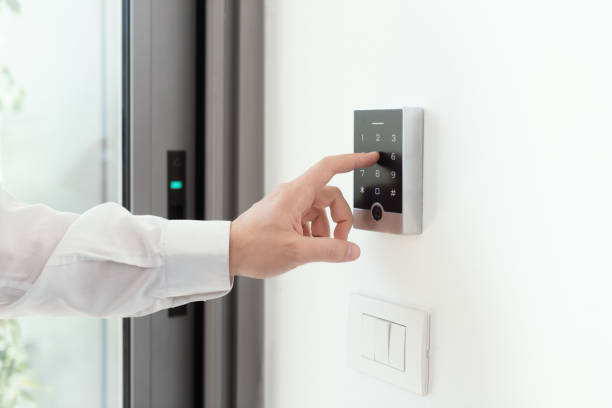Are you investing in real estate for the first time? Real estate is one of the top investment choices. Investing in real estate is always a safe bet but can be tricky to navigate.
There is a great deal to learn before you plunge into the market. When deciding, you will ask yourself the pros and cons of investment property vs primary residence.
This article will explore the differences between a primary residence and an investment property for you to make a sound investment.
Contents
What Is a Primary Residence
A primary residence is a property used as the borrower’s living quarters. It is purchased for personal use.
What Is an Investment Property
An investment property is a home that is not used as a residence but instead generates income through rent or appreciation. Investment properties are usually purchased to make a profit. Profits are made through rent, future sales, or both.
Now let’s look into more variables between a primary residence and investment property.
Loan Interest Rates
An investment property is used to generate income. You’ll need to take out an investment loan if you’re looking to purchase a property to rent it out.
Investment properties are usually subject to more stringent lending criteria than primary residences. Lenders also charge higher interest rates on investment properties. The higher interest rate offsets the higher risk associated with lending on an investment property.
The type of loan you get for an investment property will also affect the interest rate. Investment properties are usually financed with a conventional loan or a portfolio loan. Both have higher interest rates than primary residences.
Additionally, investment properties are not eligible for government-backed loans for primary residences.
Taxes
There are other differences between investment and primary residence loans, but the main one is the tax implications.
As the name suggests, investment loans are for investment purposes only. This means the interest you pay is not tax deductible.
Investment properties are typically not owner-occupied. The property owner may be unable to take advantage of certain tax benefits, such as the mortgage interest deduction.
The interest you pay is tax deductible when buying a primary residence. This is because the government views your primary residence as a necessity. They want to encourage people to own their homes.
Financing and Down Payment
You will usually need a larger down payment for an investment property than a primary residence. It may have higher interest rates and stricter loan terms.
Lenders typically require a down payment of 20-25% for investment properties. While a primary residence can be purchased with as little as 3-5% down.
This is due to the higher risk associated with investment properties. Investment properties are generally more difficult to finance because lenders view them as higher risk.
Insurance
Investment property is typically going to have higher insurance coverage. This is because there is more risk of something happening to the property. Also, it is vacant more often.
Investment property insurance also covers things like rental income loss. Primary residence insurance generally doesn’t. Investment property insurance usually has a higher deductible than direct residence insurance.
Maintenance
Your home is your most significant investment if you’re like most people. It makes sense that you’d want to keep it in tip-top shape.
Maintaining your primary residence often involves minor repairs, painting, landscaping, and more. All things that increase the value of your home and make it a comfortable place to live.
On the other hand, an investment property is all about generating income. You may not spend as much time or money on upkeep, but you must keep it in good enough condition to attract and retain tenants. Regular maintenance is still essential, but your goal is to keep costs low and profits high.
Appreciation
A primary residence is typically owner-occupied. An investment property is not. This means that the owner of a primary residence is usually more invested in the property and its upkeep, which can lead to higher appreciation rates.
Investment properties are often bought to generate income. This also means that their appreciation is directly tied to the market conditions. In contrast, a primary residence is typically not bought to generate income, meaning its appreciation is more stable.
Advantages and Disadvantages of an Investment Property
There are both advantages and disadvantages to owning an investment property. Some benefits include the potential for a high return on investment, the ability to write off expenses, and the potential for appreciation. Some disadvantages include the increased risk, the potential for high vacancy rates, and the need for a large amount of capital.
Advantages and Disadvantages of a Primary Residence
The advantages and disadvantages of a primary residence can vary depending on the individual’s situation. Some advantages may include the stability of owning one’s own home, building equity, and the potential for lower interest rates.
On the other hand, some disadvantages could include the need for ongoing maintenance and repairs and the potential for negative equity if the home’s value decreases.
Investment Property Vs Primary Residence: Choose Wisely!
If you’re considering purchasing a property to rent out or buy, it’s essential to understand the difference between investment property vs primary residence. While both types of properties can be profitable, they each have different risks and rewards.
Before making any decisions, consult a financial advisor to get your situation’s most accurate primary residence and investment property guide.
Keen on more financial wisdom? Check back for our helpful guides on topics like mortgages and real estate.



